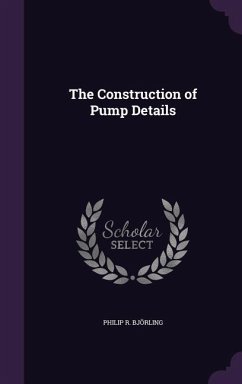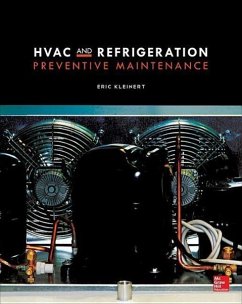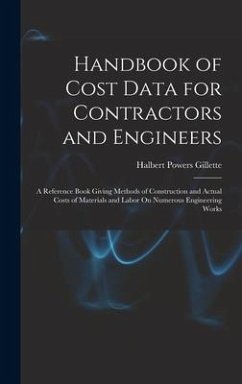
Comparative Energy and Cost Analysis Between Conventional HVAC Systems and Geothermal Heat Pump Systems
Versandkostenfrei!
Versandfertig in über 4 Wochen
29,99 €
inkl. MwSt.
Weitere Ausgaben:

PAYBACK Punkte
15 °P sammeln!
To sustain the United States current affluence and strength, the U.S. Government has encouraged energy conservation through executive orders, federal and local laws, and consumer education. A substantial reduction in U.S. energy consumption could be realized by using geothermal heat pumps to heat and cool buildings throughout the U.S., though initial installation cost are a deterrent. This thesis uses Monte Carlo simulation to predict energy consumption, life cycle cost and payback period for the vertical closed-loop ground source heat pump (GSHP)relative to conventional heating ventilation an...
To sustain the United States current affluence and strength, the U.S. Government has encouraged energy conservation through executive orders, federal and local laws, and consumer education. A substantial reduction in U.S. energy consumption could be realized by using geothermal heat pumps to heat and cool buildings throughout the U.S., though initial installation cost are a deterrent. This thesis uses Monte Carlo simulation to predict energy consumption, life cycle cost and payback period for the vertical closed-loop ground source heat pump (GSHP)relative to conventional heating ventilation and air conditioning (HVAC) systems: airsource heat pumps (ASHP), air-cooled air conditioning with either natural gas, fuel oil, or liquid petroleum gas furnaces, or with electrical resistance heating. The Monte Carlo simulation is performed for a standard commercial office building within each of the 48 continental states. Regardless of the conventional HVAC system chosen, the simulation shows that for each state the GSHP has the highest probability of using less energy and having a lower operating and life cycle cost than conventional HVAC systems; however, initial installation cost are typically twice that of conventional HVAC systems and payback periods vary greatly depending on site conditions. This work has been selected by scholars as being culturally important, and is part of the knowledge base of civilization as we know it. This work was reproduced from the original artifact, and remains as true to the original work as possible. Therefore, you will see the original copyright references, library stamps (as most of these works have been housed in our most important libraries around the world), and other notations in the work. This work is in the public domain in the United States of America, and possibly other nations. Within the United States, you may freely copy and distribute this work, as no entity (individual or corporate) has a copyright on the body of the work. As a reproduction of a historical artifact, this work may contain missing or blurred pages, poor pictures, errant marks, etc. Scholars believe, and we concur, that this work is important enough to be preserved, reproduced, and made generally available to the public. We appreciate your support of the preservation process, and thank you for being an important part of keeping this knowledge alive and relevant.












